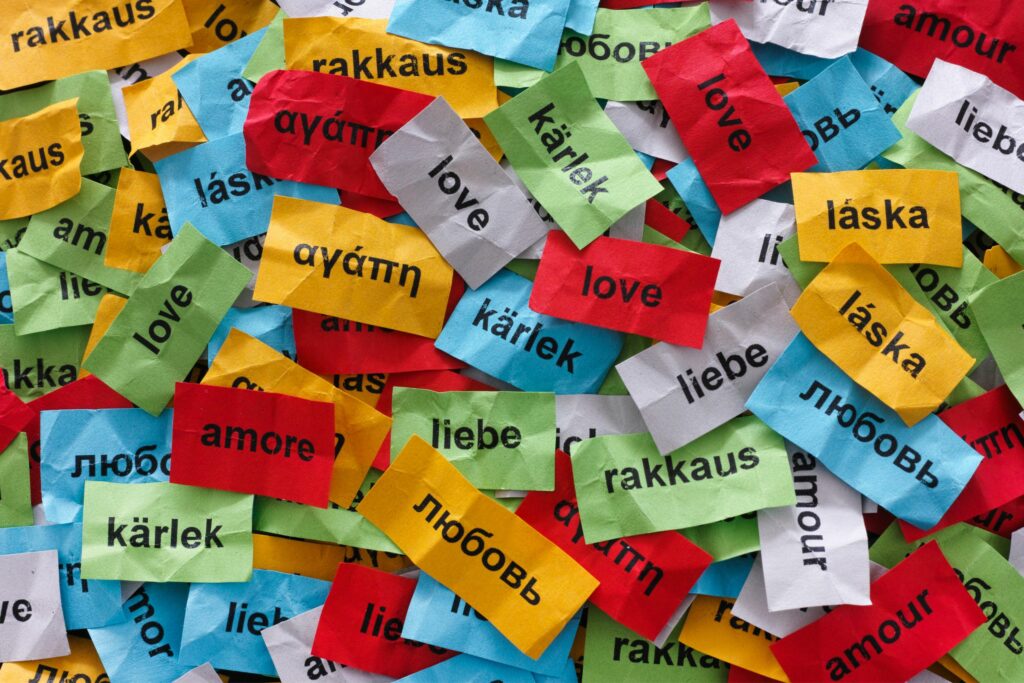Indonesia, a nation known for its diverse cultures and languages, boasts a linguistic gem that holds a special place in the hearts of the Minangkabau people. The Minangkabau language in Indonesia, spoken predominantly in West Sumatra, is a vibrant and unique dialect that reflects the rich heritage of this region. In this article, we’ll delve into what the Minangkabau language is, how it is spoken, its benefits, and provide examples of its linguistic beauty.
What is the Minangkabau Language?
The Minangkabau language, or “Bahaso Minang,” is the native language of the Minangkabau ethnic group in West Sumatra, Indonesia. Its rich oral tradition characterizes it, and its uniqueness lies in the fact that it is an Austronesian language with a matrilineal system, where property and family names are passed down through women.
How is the Minangkabau Language Spoken?
- Vocabulary and Pronunciation: Minangkabau is known for its melodious and rhythmic sounds. It incorporates a unique vocabulary and pronunciation that sets it apart from other Indonesian languages.
- Writing System: While Bahaso Minang has its writing system, it is often written in Latin script. This has helped in preserving and promoting the language in modern times.
- Cultural Significance: The language plays a central role in Minangkabau culture. It is used in traditional ceremonies and storytelling and as a medium to preserve the rich history and values of the community.
Benefits of Learning Minangkabau
Learning the Minangkabau language comes with several advantages:
- Cultural Connection: Learning Bahaso Minang allows you to connect deeply with the culture and history of the Minangkabau people.
- Enhanced Communication: If you plan to visit West Sumatra, knowing the local language can significantly improve your travel experience by enabling you to communicate with locals more effectively.
- Preservation of Heritage: By learning and promoting the Minangkabau language, you contribute to preserving this unique linguistic heritage.
Examples of Minangkabau Language Beauty
To truly appreciate the beauty of Bahaso Minang, let’s look at a few examples:
- Traditional Proverbs: “Adat basandi syarak, syarak basandi kitabullah.” This proverb reflects the importance of customs in Minangkabau society, translating to “Custom is based on Islamic law, and Islamic law is based on the Quran.”
- Greetings: Instead of a simple “Hello,” Minangkabau people often greet each other with “Ampun Maaf,” which conveys the idea of seeking forgiveness and maintaining harmony in relationships.
- Poetry and Songs: Minangkabau poetry and songs, known as “Pantun,” are renowned for their lyrical beauty and emotional depth.
- Idiomatic Expressions: Minangkabau is known for its colorful idiomatic expressions. For instance, “Anak bungsu galak nanam ulam” literally means “The youngest child plants vegetables.” Still, it describes someone who may be the youngest but is quite assertive or independent.
- Traditional Clothing: The traditional Minangkabau clothing, known as “Baju Kurung” for women and “Baju Melayu” for men, is an integral part of the culture. The attire’s names themselves are in Bahaso Minang.
- Family Terms: The Minangkabau language has specific terms to address family members. For instance, “anak laki” refers to a son, and “anak perempuan” refers to a daughter. These terms reflect the language’s connection to the matrilineal system.
- Food Culture: Minangkabau cuisine is famous for its rich flavors and spicy dishes. The names of many traditional dishes, such as “rendang,” “sate padang,” and “nasi kapau,” are in Bahaso Minang, adding to the culinary experience.
- Geographical Features: Many geographical features in West Sumatra have names in the Minangkabau language, showcasing its deep connection with the land. For example, “Lembah Anai” is a famous valley, and “Danau Maninjau” is a picturesque crater lake.
- Musical Instruments: Traditional Minangkabau music involves instruments like the “saluang” (bamboo flute) and “talempong” (a set of small gongs). These instruments have unique names in Bahaso Minang and are essential in cultural performances.
- Traditional Ceremonies: The language plays a significant role in traditional ceremonies like weddings and adat (customary) rituals. Phrases and chants in Bahaso Minang are an integral part of these events, adding a sense of cultural richness and authenticity.
In Conclusion
The Minangkabau language in Indonesia is not just a means of communication; it’s a doorway to a rich and unique cultural heritage. By understanding what Bahaso Minang is, how it’s spoken, and the benefits it offers, you gain a deeper appreciation for the traditions and values of the Minangkabau people. So, whether you’re a language enthusiast, a traveler, or someone looking to connect with the vibrant culture of West Sumatra, learning the Minangkabau language can be a rewarding experience that opens up a world of linguistic beauty and cultural richness.


